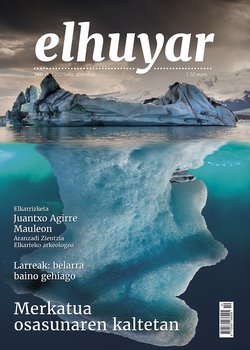[Nasal structures of the Neanderthal of Altamura]

The Neanderthal of Altamura (southern Italy) is one of the best-preserved fossils. The place where it is located, however, is not accessible at all, which has complicated investigations. As technologies have advanced, researchers have had the opportunity to conduct more studies, demonstrating, for example, that it is 130,000-172,000 years old. Now, they have studied the structures inside the nose and they have concluded that it did not have a special structure to fight the cold. Therefore, the hypothesis that suggested the opposite has been refuted.
For this purpose, high-resolution endoscopic technology has been used. Through it, the internal structures of the nose have been reconstructed and it has been found that it did not have any particularity to live in a cold environment.
“They conclude that he did not have a special structure to deal with the cold; they refute the hypothesis that suggested otherwise.”
In fact, Neanderthals lived during the Pleistocene in Europe, the Middle East and Central Asia, in a much colder climate than today. There are certain characteristics of the body that indicate that in this climate their anatomy was more suitable than ours. The appearance of the face, however, did not seem to be particularly suited for dealing with the cold. That’s why some researchers thought it might have some special structure inside the nose to help with breathing.
However, the research now published has shown that they did not have it. What’s more, according to experts, it didn’t need to be done; as a whole, it is observed that its anatomical characteristics were suitable for living in this environment.
Buletina
Bidali zure helbide elektronikoa eta jaso asteroko buletina zure sarrera-ontzian











